Following the appointment of German tactician Bruno Labbadia as the 37th Head Coach of the national senior football team, the Super Eagles by the Nigerian Football Federation (NFF), Persecondnews digs into his career trajectory and tactics.
Labbadia is a German tactician and a former player who played as a striker. He won the DFB-Pokal in 1989-90 with 1. FC Kaiserslautern and the Bundesliga in 1993-94 with FC Bayern Munich.
On May 8, 2003, Darmstadt 98 hired Labbadia as their manager. His first match was a 2-1 win against TSG Wörsdorf. In his first season, Darmstadt won promotion to the Regionalliga.
Darmstadt started the 2004–05 season with a 2–1 loss to Mainz 05 II. Darmstadt finished the 2004–05 season in fifth place.
Darmstadt started the 2005–06 season with a 2–1 win against VfR Aalen. Darmstadt finished the season in fifth place.
Labbadia left on 30 June 2006; his final match was a 6–0 against SpVgg Bayreuth.
When Bruno Labbadia took over from Martin Schmidt in February 2018, Wolfsburg were only a point above the relegation play-off zone. They finished the season in 16th position in the league, barely managing to stay in the Bundesliga.
On 9 April 2020, Hertha BSC appointed Labbadia as their new manager. He coached the last nine matches in the 2019-20 season, finishing with a record of four wins, one draw, and four losses.
On 24 January 2021, Hertha BSC sacked him after finishing in 10th place.
In December 2022, Labbadia made his way back to Stuttgart; however, his dismissal occurred in April 2023 due to the team’s decline to the bottom position.
Bruno Labbadia’s tactical structure
Labbadia’s most preferred formation is the 4-3-3. He’s used it the maximum number of times. He likes his team to play possession-based football, which is attacking in nature.
For the most part, the players’ positions on the pitch mirror their lineups, although he does have some interesting tactics, which we will also discuss.
During build-up, Labbadia likes his centre-backs to split up on either side of their box. However, the goalkeeper doesn’t directly play to them, instead opting to play a straight pass to the holding midfielder, who drops to receive.
The purpose of this pass is to attract the opposition to press them. If they take the bait, then the goalkeeper – upon receiving the ball again – plays it to the advanced midfielders, who are expected to occupy the space, which should theoretically open up due to the press of the opponent.
If the opponent refuses to engage them, then the holding midfielder has space to turn and pick his passing options. Often times, if the opponent is pressing in an unsystematic manner, the midfielder can play a first-time pass to the fullback, who then has acres of space to carry the ball.
When faced with a low block who refuses to cede space in the central areas, Labbadia uses an innovative technique.
This plan’s concept of achieving numerical superiority is key. The full-back—almost always the left-sided Roussillon—moves into midfield to overload the opposing midfielder.
His teammates can then take advantage of this space with a line-breaking pass or a through ball.
Another change expected by Labbadia as he takes over is the focus on pressing out-of-possession and counter-pressing, in ensuring that the Super Eagles structure remains intact and, in case of turnovers, the team doesn’t suffer defensively.




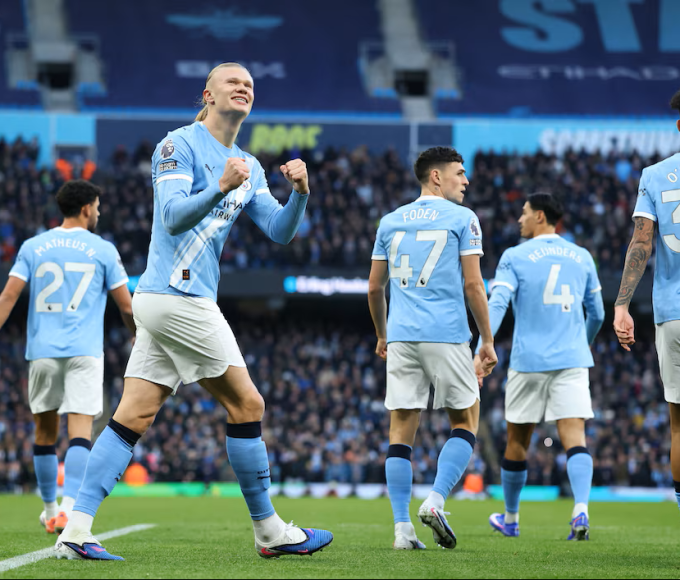







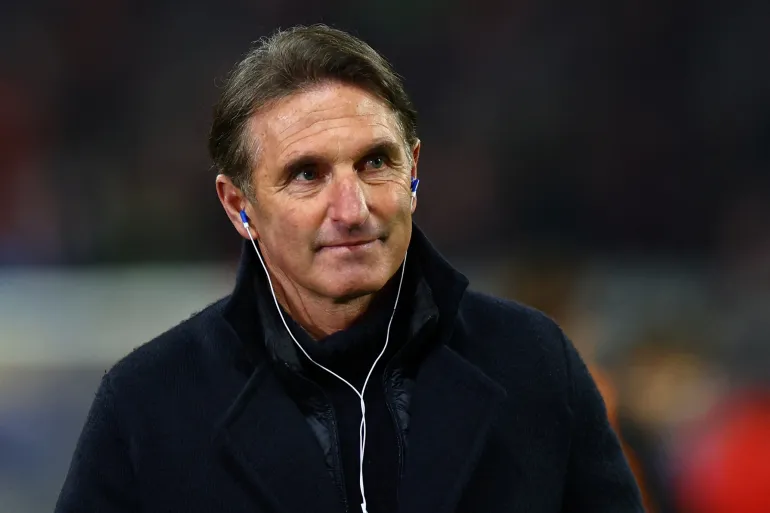


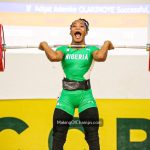

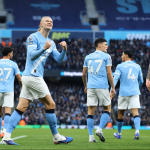


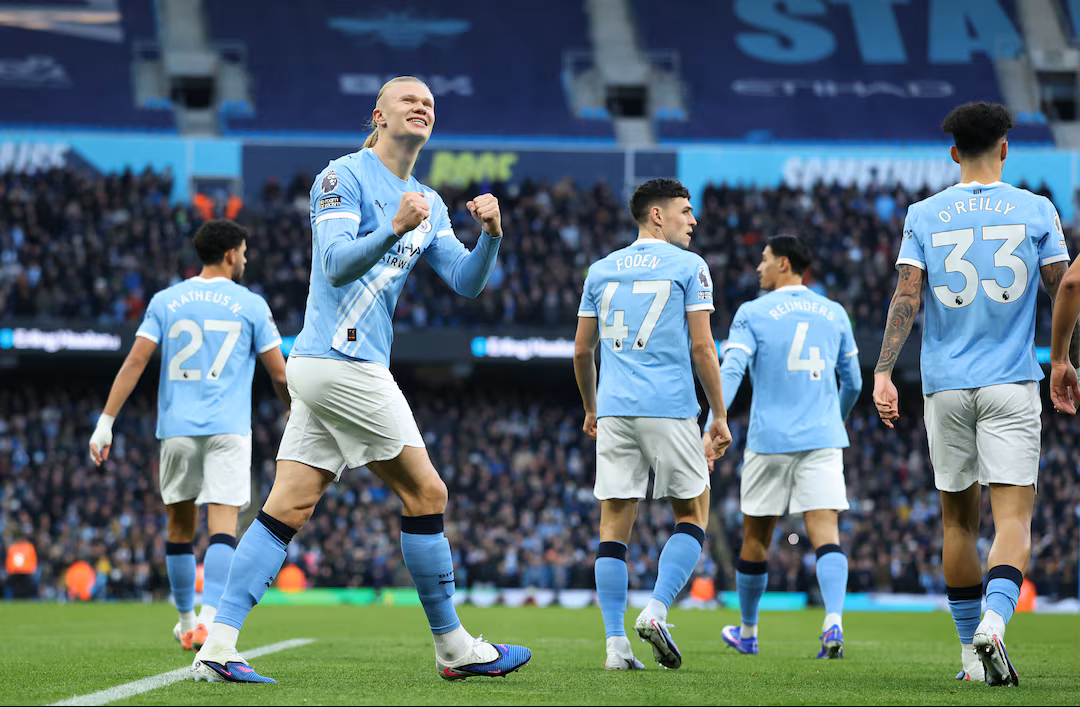
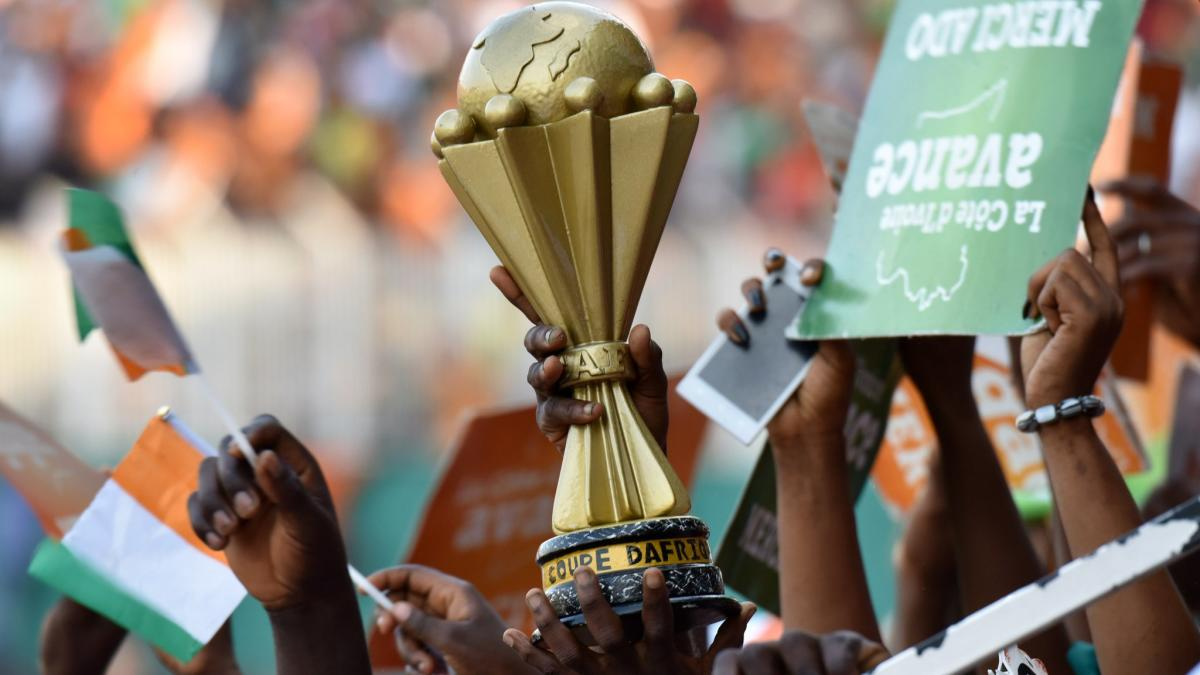
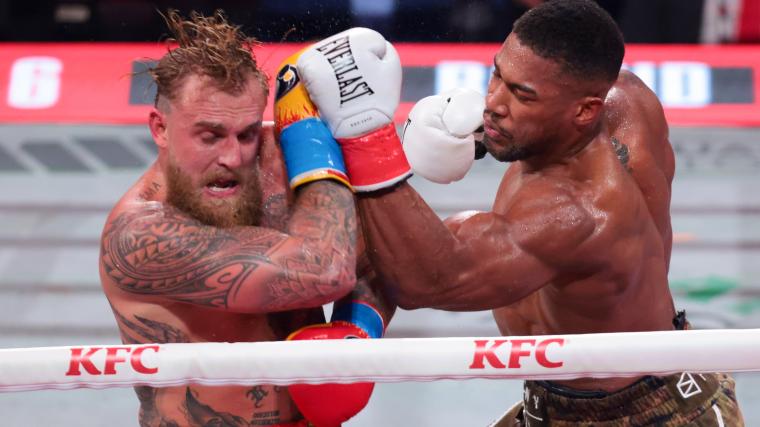

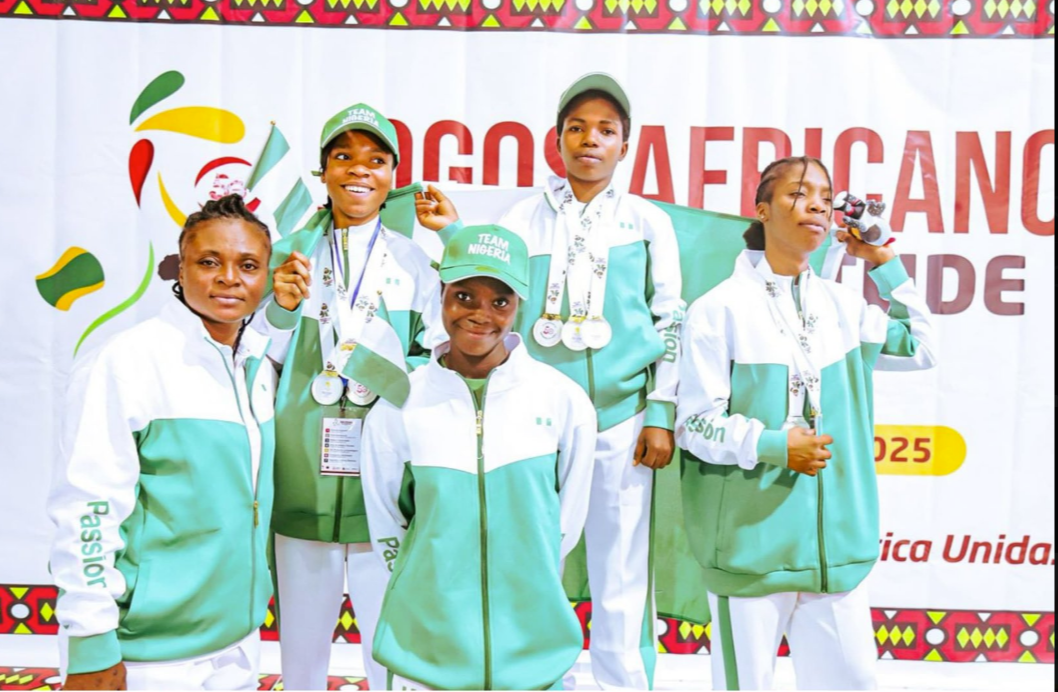
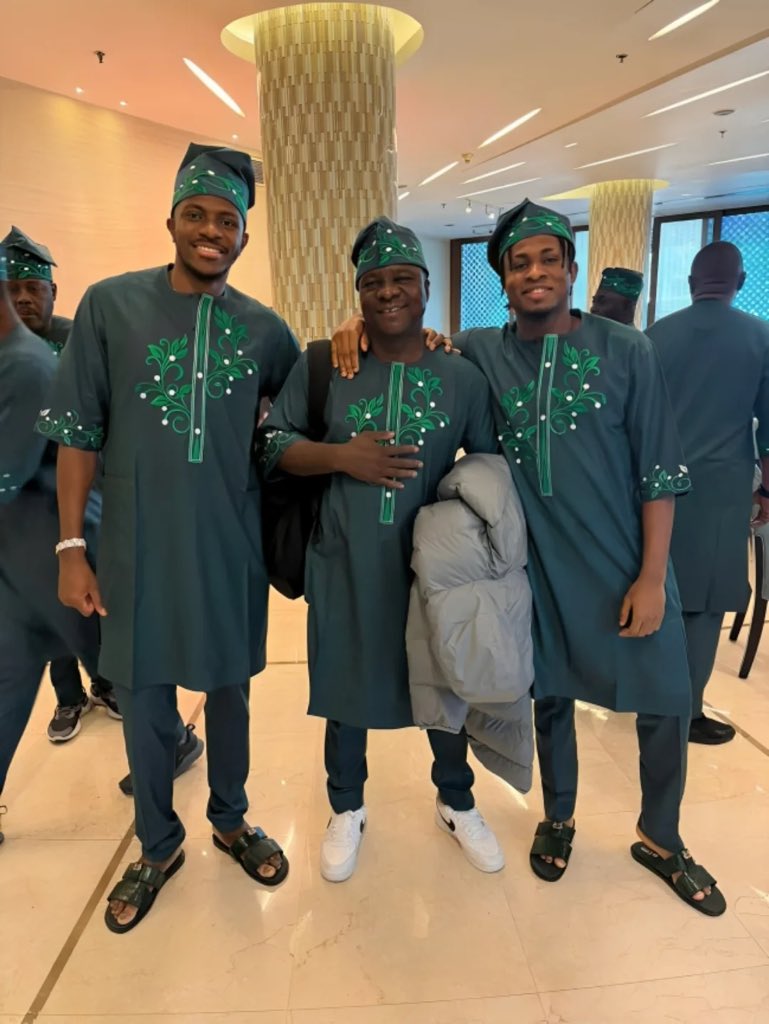
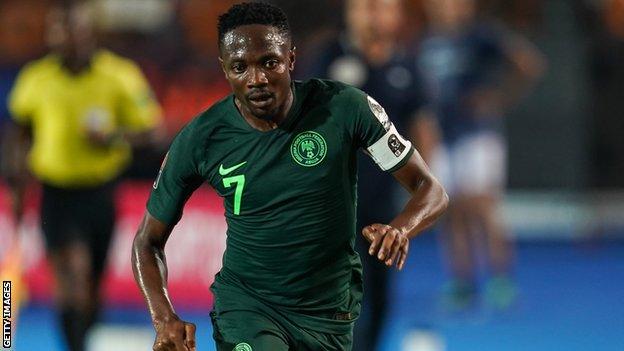

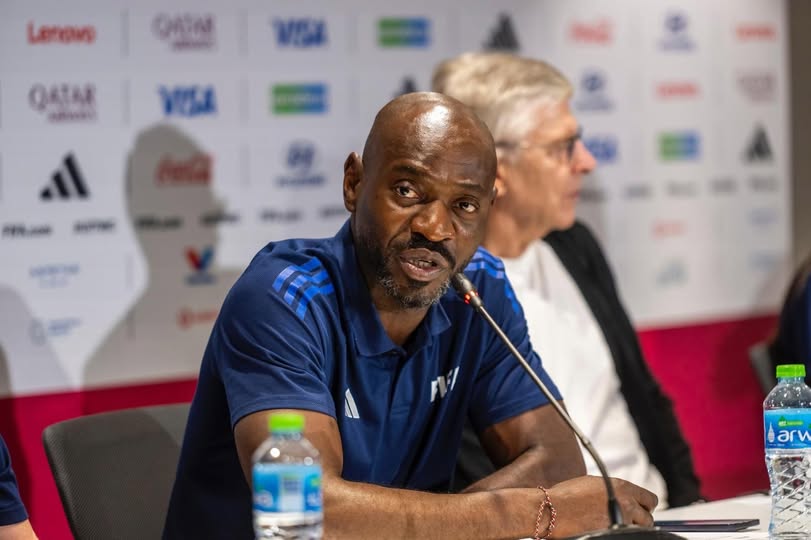
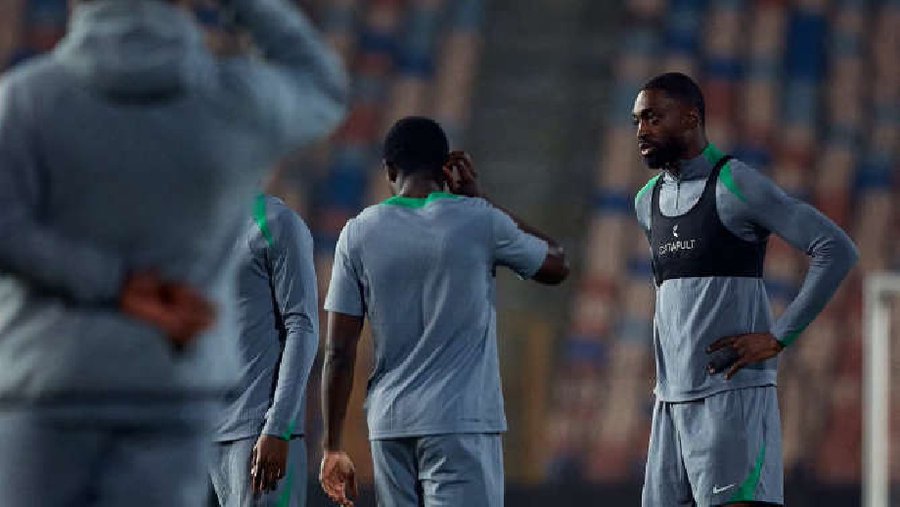

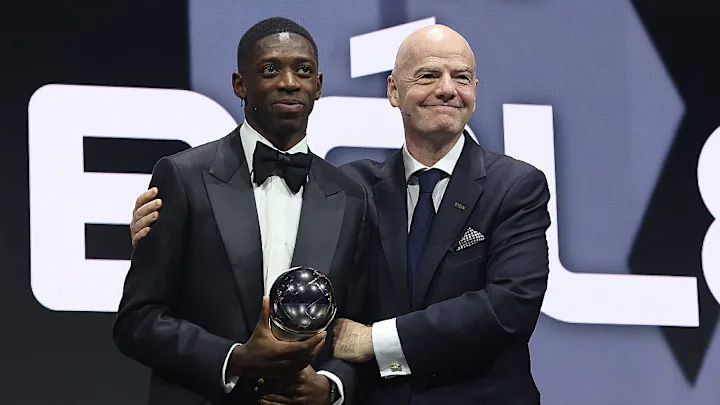
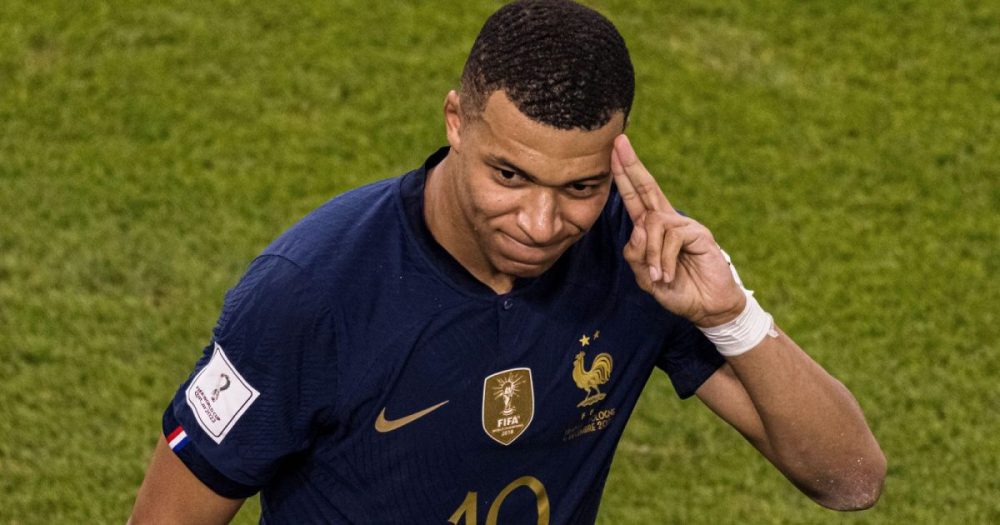

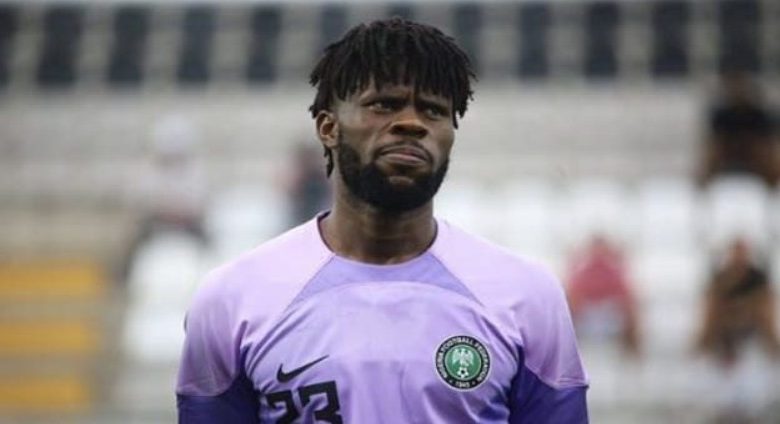

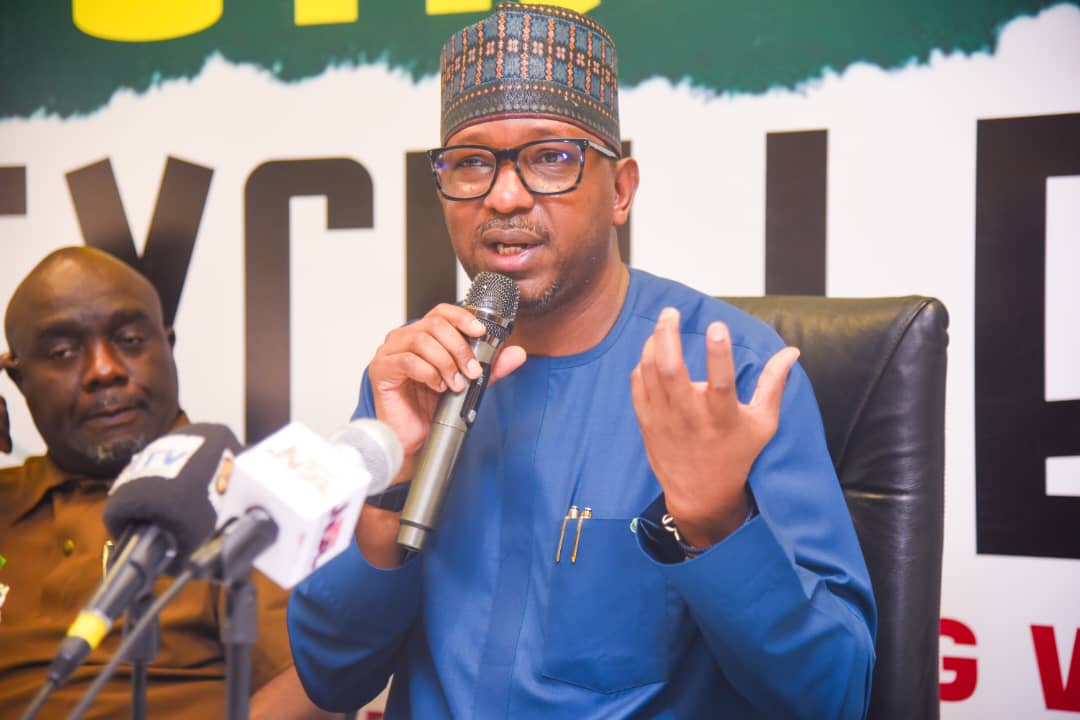
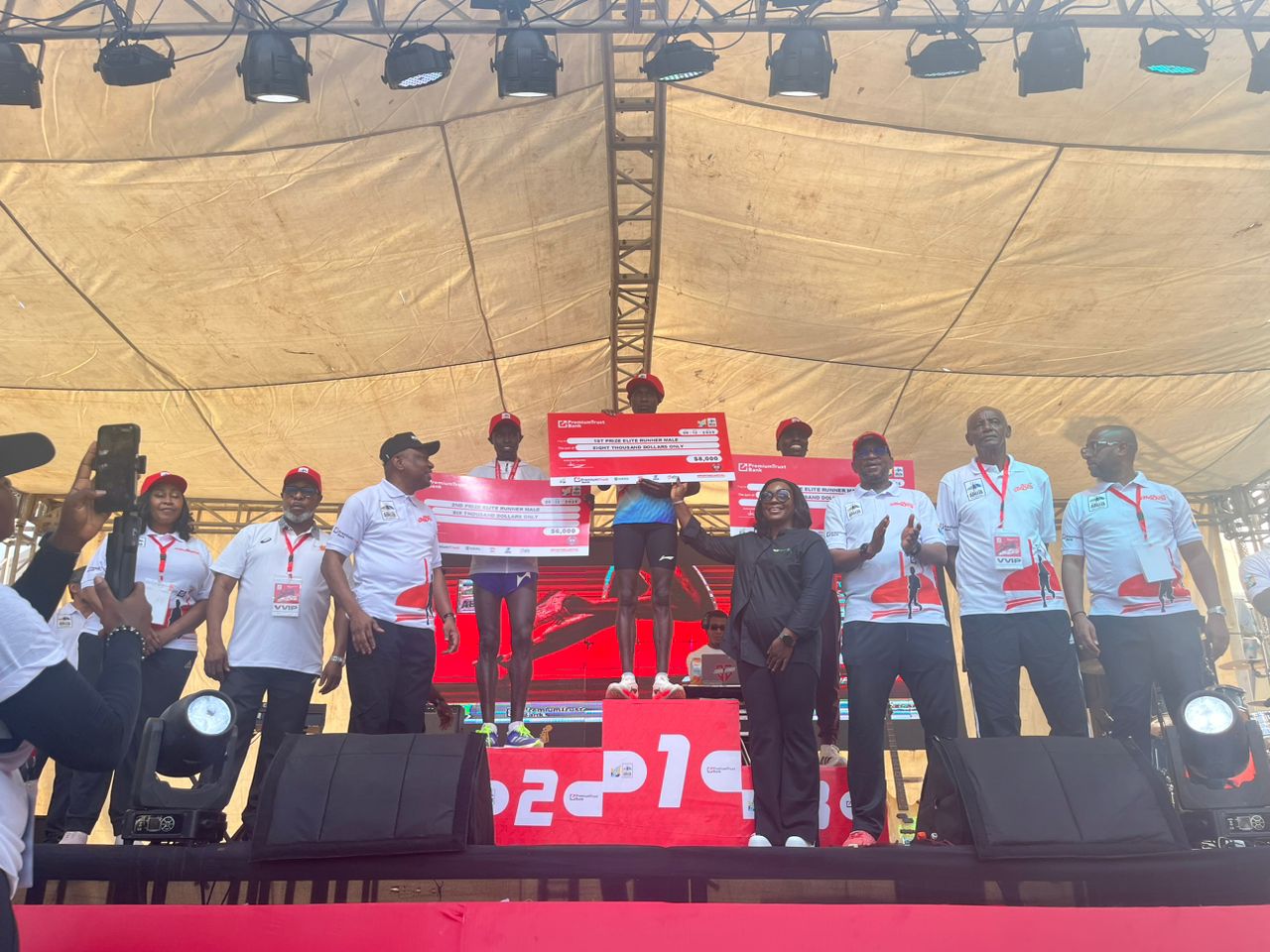
Leave a comment